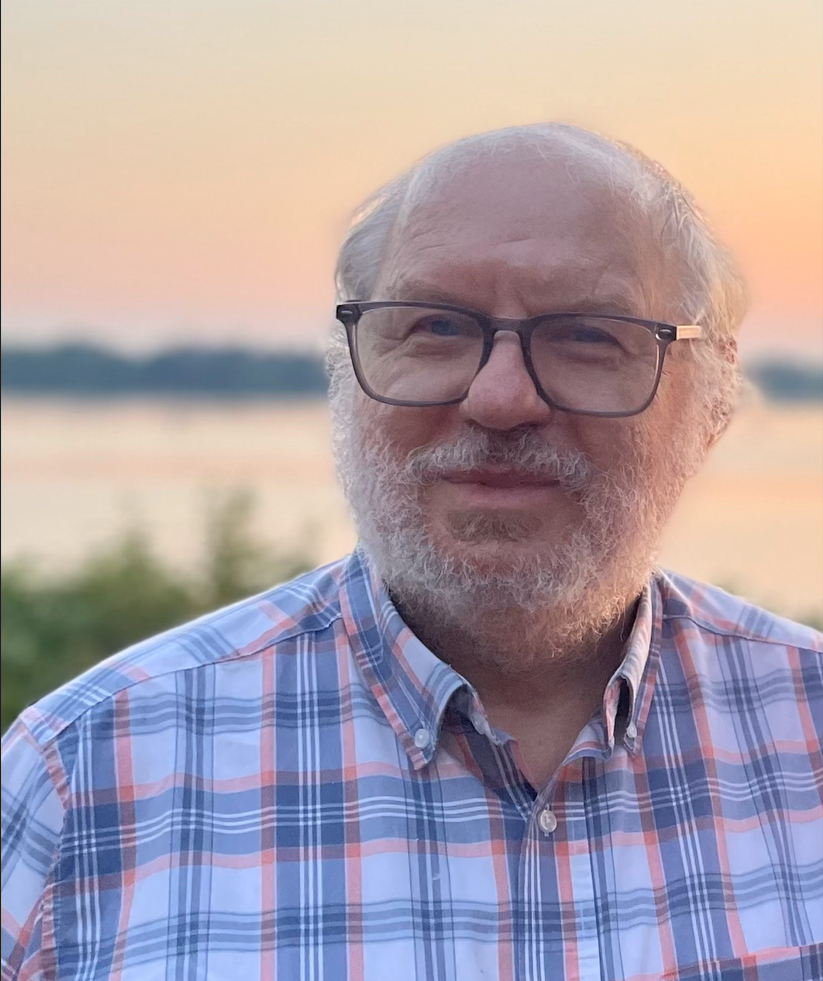Child Care Team at 25: Reflections From the Early Years
Mark Greenberg worked at CLASP from 1988-2007 and was CLASP’s Director of Policy from 2001-2007. In the Obama Administration, he was Deputy Assistant Secretary for Policy and then Acting Assistant Secretary at the Administration for Children and Families. He is now a Deputy General Counsel at HHS’ Office of the General Counsel. His remarks are made in his personal capacity.

By Mark Greenberg
I can’t speak to much of CLASP history before 1988, but in the late 1980s and early 1990s, much of CLASP’s work around child care flowed from our work relating to the Aid to Families with Dependent Children (AFDC) program, the cash assistance program for families with low incomes and children that existed before TANF. In addition to enacting the Child Care and Development Block Grant in 1990, Congress had created separate programs to guarantee child care to families receiving AFDC, provide transitional child care to families leaving AFDC due to employment, and provide funding for families “at risk” of receiving AFDC. CLASP worked to help advocates and states understand how these programs could be used to help families access child care, to improve these programs, and to support “seamless service” for families in light of the many complexities of different programs with different rules.
When the 1996 welfare law passed, CLASP worked extensively to encourage states to make humane and family-supportive choices in TANF implementation, but it became apparent very quickly that the number of families receiving cash assistance was falling sharply. While we engaged in multiple efforts to preserve access to cash assistance, we also recognized that the drop in cash assistance spending provided a potentially historic opportunity to expand child care assistance to families to support parents’ work and child development. CLASP’s then-Executive Director, Alan Houseman, was very supportive of our efforts to increase our work around child care. Joan Lombardi, who had been the first Director of the Child Care Bureau (now the Office of Child Care) at the Department of Health and Human Services, began working with CLASP. Our first hire was Rachel Schumacher, and later Danielle Ewen, Jennifer Mezey, and Hannah Matthews joined the team. Katie Hamm was one of our early research assistants.
Our first major projects focused on explaining the law and describing child care-TANF intersections. We did reports on access to child care after leaving cash assistance, a report analyzing considerations in direct spending versus transferring TANF funds for child care, and a study of how states were using TANF to expand child care. Within a short period our work broadened to focus on attention to coordination with Head Start and pre-kindergarten, strategies to strengthen Head Start, and the potential use of both TANF and CCDF funds in support of state efforts to for universal pre-kindergarten efforts. We did a set of detailed state case studies and made recommendations to states and Congress for improving coordination of child care, Head Start and pre-K.
We worked closely with advocates and states across the country and focused on what we hoped would be a significant child care expansion in connection with TANF and child care reauthorizations in 2002. In 2001, we called upon the Bush Administration to advance a reauthorization proposal which would increase child care funding; improve the quality of child care; remove administrative barriers that made it difficult for families to access and maintain subsidies; promote parents’ ability to choose and have equal access to a wide array of early care and education options; and enhance data collection and research capacity to increase understanding of the subsidy system and its impacts on children, parents, and providers. We pursued those goals throughout reauthorization efforts, working closely with state and national advocacy groups in our efforts.
While much has changed over the past 25 years, CLASP’s crucial role in addressing child care and early education policy and practice dates back to these very early efforts. I want to congratulate CLASP for 25 years of extraordinary and invaluable work.